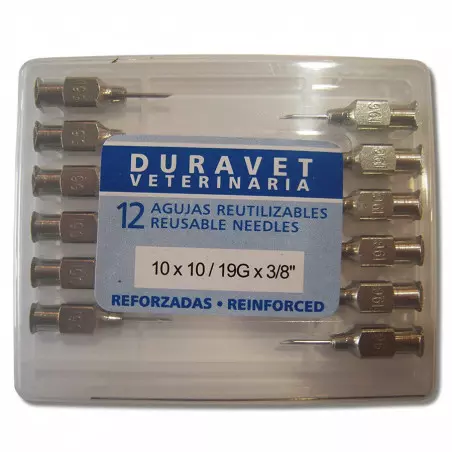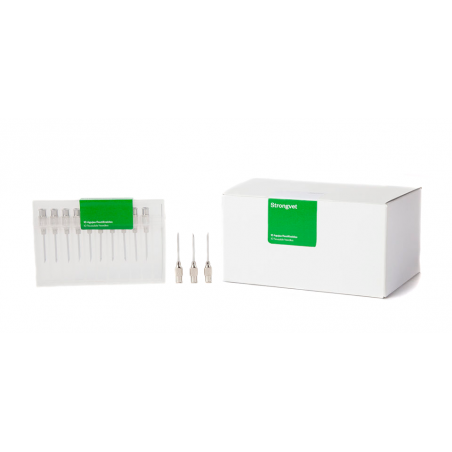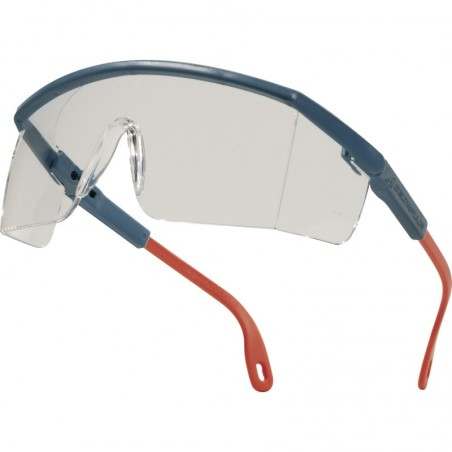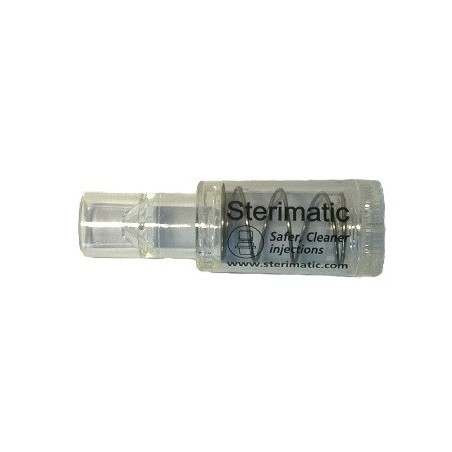Over 5000 pharmaceuticals are licensed for use in livestock production or veterinary treatment. They include antibiotics, vaccines, hormones, biocides and a broad array of therapeutic agents, tranquilizers and anesthetics. These on balance, help to keep livestock healthy and productive, leading to a profitable operation. However, misused and or unintended exposure may result in illnesses, disabling injuries, and abortions to producers and workers. The different classes of these products have different hazards. These products may be administered by needle injection, by aerosol, or put in feed or water. By far, the most common and most obvious health hazard to producers and workers is accidental needle sticks. This article will focus on accidental needle sticks, what risks they present, and how to prevent them.
As a former swine veterinarian, I have stuck myself with a needle many times while treating pigs. I was lucky that none of these sticks were very serious. Many other producers and veterinarians have had less luck, ending up in hospital stays, amputations, and associated illnesses.

Needle Sticks
Needle sticks present one of the most common occupational injuries associated with swine production, especially farrowing and nursery-grower operations. In 2011 we conducted a literature review and survey of hospitalized farm accidental needle sticks. We found that annually 80% of livestock producers and workers experience an unintended needle stick. Needle sticks are hazardous for the following reasons:
1. The needle is likely contaminated because they are multiple-use and contaminated with germs in the environment, from the previous pig, or what is on the skin of the person who was accidently stuck.
2. The needle itself may cause tissue damage, for they are large, and may be dull and barbed after being used a few times (Picture 1). Injections with highly used needles create a much greater risk of injury and infection.
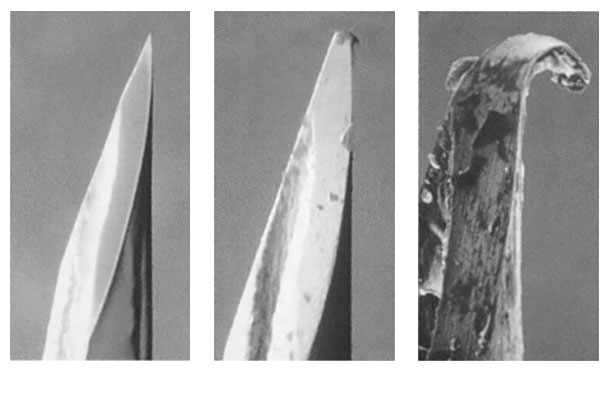
3. The material in the syringe if inoculated may cause harm. Vaccines are the most common cause of a reaction. They may be a live vaccine (as some erysipelas vaccines) which can cause the disease in the victim. Or the vaccine may contain an adjuvant that can cause very severe reactions, especially those containing mineral oil
Accidental inoculations in women with oxytocin or prostaglandins have caused abortions. (In my opinion, pregnant women should not handle either of these drugs). Accidental inoculation with the antibiotic (Tilmicosin), may cause a fatal heart condition. (Note this drug is not used as injection in swine, but in ruminant animals).
We investigated nine hospitalized livestock producers who had an accidental needle stick. All from inoculations with vaccines. The most common location of the needle stick was the non-dominant hand. Hand Injections may need urgent attention as swelling and infection may cut off blood and nerve supply resulting in loss of skin or even fingers (Picture 2).
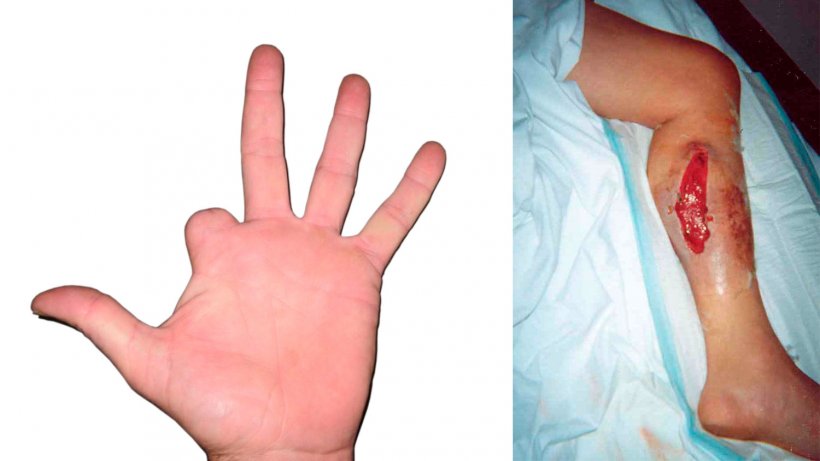
Six were hospitalized for several days. Four had surgery to drain the wound and remove damaged and contaminated tissue (Picture 3) . One had a bone infection, and one had hand surgery necessary to save a finger. The product injected in at least two of the cases was a combined circo virus + mycoplasma vaccine. As these products are killed vaccines, the injury resulted from the trauma of the needle stick combined with the inflammation caused by the oil-based adjuvant.
Prevention of unintended needle sticks

The producer-owner/operator, Employees, and veterinarians all have a role in prevention of unintended needle sticks. The owners/operators/employers have the ultimate responsibility to keep their family and workers safe. The employee has the responsibility of following the protocols and safety procedures set out by the employer. The veterinarian has the responsibility to educate the owner/operator about the possible hazards of the products they prescribe or dispense, as well as education in general on risk management of safety hazards they observe.

Basic principles of needle stick prevention:
- Install and maintain good animal restraint systems and practices (most accidental injections occur attempting to inject struggling animals). The size of the animal dictates the method of restraint. Piglets are held close to the body. One person holding the pig, and a second giving the injection presents a safer approach.
- Weaners and growers are usually squeezed between the knees. Again, a holder and inoculator is safer.
- For larger pigs and sows, a chute is much safer. If a nose snare is used, it must be used properly, by a trained and experienced holder.
- Use a one handed technique as much as possible, as most unintended sticks occur on the hand not giving the injection. As most drugs are now made for under the skin inoculation (rather that in the muscle) one can use short (1/4”-1/2”) needles to inject under the skin behind the ear or the flank with one hand.
- Use of personal protection
- Protect the non-dominant hand (Needle stick-proof gloves, double nitrile exam gloves will provide some protection).
- Use of hunting chaps when holding pigs between the legs provides some protection for the legs. – Picture 6.
- Read the MSDS/labels for hazards of drugs being used. Keep the MSDS on file and if a person is stuck and taken for medical treatment, take them to the health care provider with the victim.
- Use one dose per syringe or use a multiple dose system.
- Keep the needle cover on when not in use. Take extra caution in replacing the needle cap as this is a risky operation for needle stick.
- Do not carry a loaded syringe in your mouth or pocket
- Use retractable needle syringes.
- Use needless injection
- Wear Safety glasses to prevent spray into the eyes if the needle comes off the hub.
- Change needles frequently to avoid dull, barbed, heavily contaminated needles.
- Assure an effective training program for workers is installed and practiced.
- Develop a sharps disposal program. Keep drugs, syringes, and needles in a clean and secure storage system.
In summary, needle sticks are common; they cause important disability and loss time in workers, and economic loss. They are preventable. However, prevention calls for preparing a protocol on your specific operation, adhering to the principles above, and continually educating and training workers.




